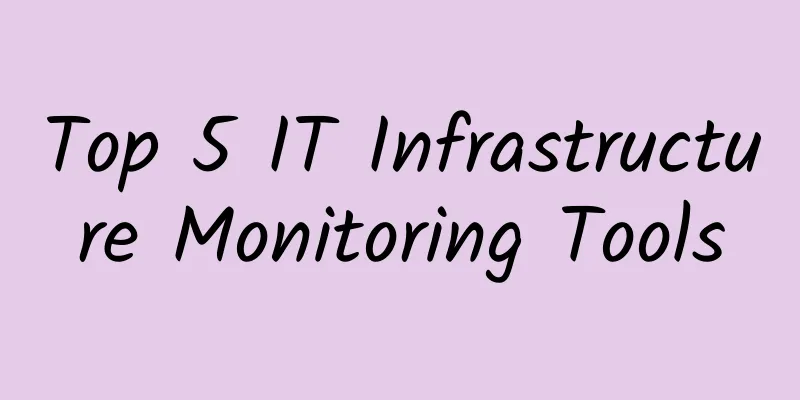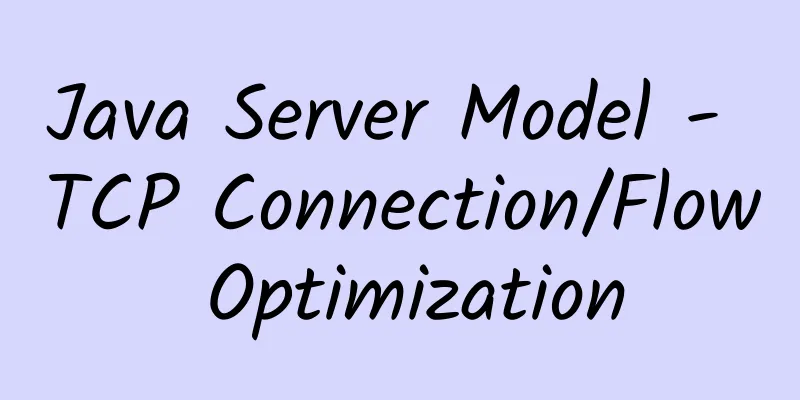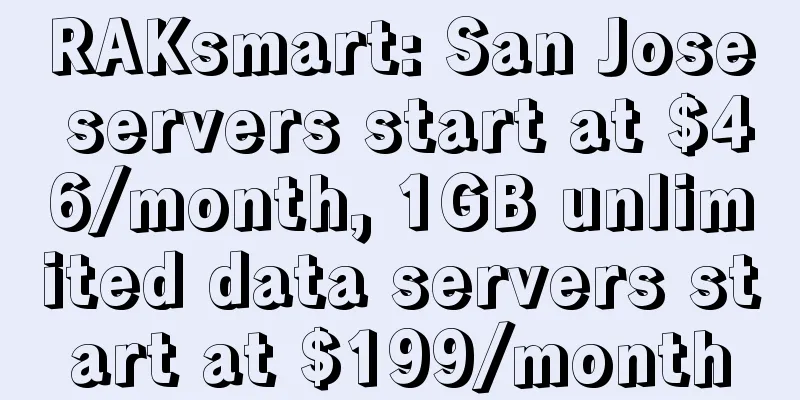Top 5 IT Infrastructure Monitoring Tools

|
All IT departments face this problem - when problems arise with servers, networks, and applications, they must respond as quickly as possible. These situations are often disruptive and stressful, and can cause downtime that affects the entire organization's operations (and profits). According to a 2018 report, the average IT downtime cost is as high as $1.55 million. Even more serious is that violent incidents result in 545 hours of lost employee productivity each year. For these reasons, enterprises are increasingly investing in application performance monitoring (APM) and server monitoring software, among other solutions. Since the question is no longer whether infrastructure monitoring is the solution an enterprise needs, the question becomes which monitoring tools should be used.
What is Infrastructure Monitoring? Infrastructure monitoring is the deployment of software tools to automatically diagnose performance and availability issues across your entire technology stack. Infrastructure monitoring encompasses a range of uses and issues, from network optimization to diagnostics to intrusion detection. Infrastructure monitoring can tell staff if a router is down, if a server is running at unusual utilization, and with the right security in place, it can also spot intruders who are stealing corporate data. As networks become more complex, due to a greater variety of devices and the advent of hybrid cloud, the importance of network integrity grows. Even on basic networks within small and medium-sized enterprises, infrastructure monitoring should be performed, but for complex systems in large enterprises, it is an essential part of operations. Why do you need infrastructure monitoring? Infrastructure monitoring provides managers with the data they need to understand the status of their infrastructure in real time, as well as the ability to measure progress toward organizational goals. By continually collecting and reviewing data about the infrastructure, monitoring allows for measurement of the current state as well as the progress of the network. For example, if management has set a goal of achieving a certain level of network responsiveness, a monitoring tool can show where the network is in terms of responsiveness. It can identify spikes in latency and perhaps pinpoint the cause. Ensuring that the network is running at peak efficiency requires that the enterprise understand the devices that make up the IT infrastructure, while also keeping an eye on the health and performance of those devices. Proactive analysis of the enterprise's IT systems means there is a better chance of catching impending failures before they cause serious outages. Evaluation of excellent IT infrastructure monitoring tools: The goal of server and network monitoring tools is to ensure that IT services are running stably 24x7 and alert IT support staff if any problems occur. This way, we can maximize uptime and develop better disaster recovery plans. Generally speaking, all tools have commonalities, but they are not all the same. Here is a list of 8 excellent tools: 1. Zabbix Zabbix is arguably one of the most popular and robust real-time monitoring solutions on the market. Zabbix is open source, has a concise set of features, has solid documentation, and is updated and supported by an active community of users. Other benefits include ease of use and, of course, providing a solution that is not subject to any vendor lock-in. One of the many highlights of Zabbix is its ability to predict traffic trends and provide predictions of system behavior based on collecting historical data. Key Features:
Zabbix can be configured to provide monitoring solutions for a variety of industries - from aerospace to finance and retail, and is also suitable for medium and large enterprises. The Romexsoft team relies on this tool to provide 24x7 IT support to its customers. 2. Grafana Grafana is a free, excellent analysis and monitoring tool for time series. It allows us to create attractive, at-a-glance visualizations of global data. In particular, we can visualize metrics such as system CPU, memory, disk, and I/O utilization. Grafana is a versatile tool that allows us to create custom dashboards and feature data from different data sources and display them as curve charts, single state charts, tables, heat maps or free text. Grafana can be easily integrated with Prometheus, Graphite, InfluxDB, MySQL, PostgreSQL, and Elasticsearch, and can also be connected to many other data sources through plugins. Although Grafana is not a standalone solution, it is an excellent plugin worth considering into the monitoring system. Our team uses Prometheus and Grafana integration as a solution for many customers. 3. ManageEngine OpManager ManageEngine OpManager is a comprehensive performance monitoring tool that provides server monitoring and allows us to proactively manage the network, perform network configuration and network traffic analysis, and it also has an application performance management plug-in. However, it must be installed on each target node to work properly. We can set up customizable dashboards to monitor the network and metrics of different components to suit our needs. We can also use it for LAN/WAN monitoring and receive detailed traffic path visualization, view bandwidth flow monitoring and run measurements of various network system performance indicators. Unlike the previous tools, ManageEngine is a paid tool that will provide customized quotes based on business needs. 4. Amazon CloudWatch Amazon CloudWatch can provide us with better visibility into application performance, resource utilization, and overall cloud infrastructure monitoring, and help us identify and correct problems. CloudWatch enables us to collect operational data in the form of logs, metrics, and events. The tool runs on AWS and on-premises servers, which means we can truly get a unified view of all assets. Its dashboard is configurable, allowing administrators to instruct AWS to take specific actions based on predefined events. If we have recently migrated our infrastructure to the AWS cloud, we should consider using this cloud infrastructure management software, at least for some capacity planning. 5. Prometheus Last but not least, this is one of our team’s favorite open source monitoring tools that provides detailed infrastructure insights based on time series data. It is a solid choice for monitoring highly dynamic environments such as containers on AWS. Essentially, Prometheus scrapes metrics, stores all sampled data locally and runs its "rules" on the data to aggregate or generate alerts. The main advantages of Prometheus include:
|
>>: Don't rush to upgrade to 5G, this operation can make your 4G speed 10 times faster
Recommend
5G innovation promotes green and low-carbon development
Energy conservation is the key support for achiev...
[11.11] Summary information: VPS-BID/Journey Cloud/Smart Trade Cloud/A400/Themebetter
The annual Double Eleven e-commerce promotion has...
Three major problems facing my country's 5G base stations
At present, the development of 5G commercializati...
Baidu responds to real-name registration: Implementation in accordance with regulations will not affect search
Recently, Baidu Netdisk released an announcement,...
Humans will have a "third brain" in the future, and 5G will speed up everything
"5G brings a lot of data, but the question i...
HostXen offers 50 yuan for new users, 50 yuan for old users who charge 300 yuan, and monthly payment for 6G memory package starts from 70 yuan
HostXen launched its first promotion after the Lu...
Alibaba Cloud invests 200 billion yuan in data centers to take the lead in new infrastructure
Alibaba Cloud announced yesterday that it will in...
How powerful is 5G? Talking about the development and evolution of the new generation of communication technology
Although 5G communication technology has always b...
Use Qt to create your own serial port debugging assistant
[[376484]] In my work, the thing I deal with most...
9 killer apps for edge computing
Edge computing provides a new paradigm for runnin...
Yecao Cloud: Hong Kong cloud server/VPS annual payment starts from 138 yuan, dedicated server starts from 299 yuan/month, BGP or CN2 line
Yecaoyun is a Chinese hosting company founded in ...
RackNerd Los Angeles restock, low-cost US VPS annual payment starts from $9.89
RackNerd is a foreign hosting company founded in ...
When developing online documents, have you solved this technical difficulty?
"Times make heroes" is an eternal truth...
The number of 5G package users has exceeded 200 million. How to tap the value of 5G?
Recently, the three major domestic operators have...
A first look at the 6G era: frequency band exploration, wide-area coverage, cloud and connectivity
When 5G R16 and R17 have not yet been launched, c...









